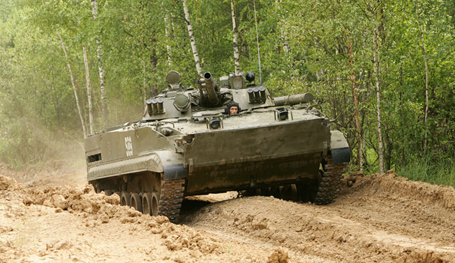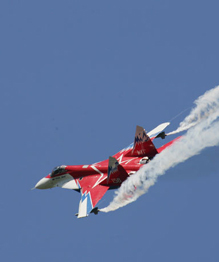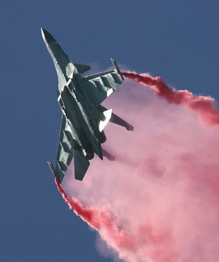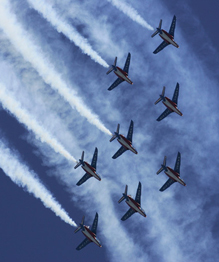Legends of aviation: Supermarine Spitfire
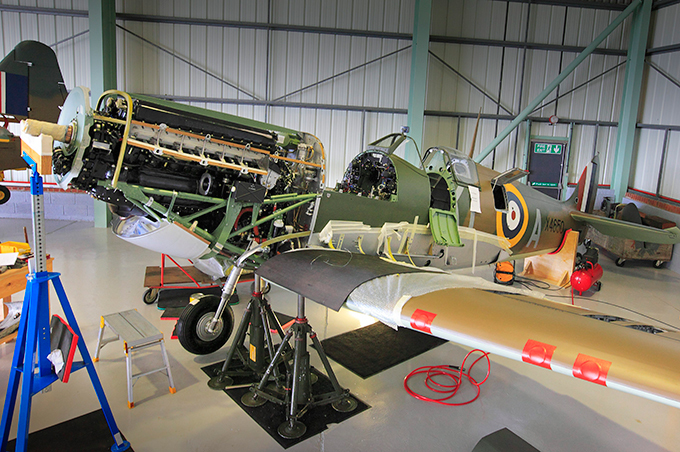
The Supermarine Spitfire is a British single-seat fighter aircraft that was used by the Royal Air Force and many other Allied countries throughout the Second World War
All photos: All Over Press
The Supermarine Spitfire is a British single-seat fighter aircraft that was used by the Royal Air Force and many other Allied countries throughout the Second World War
All photos: All Over Press
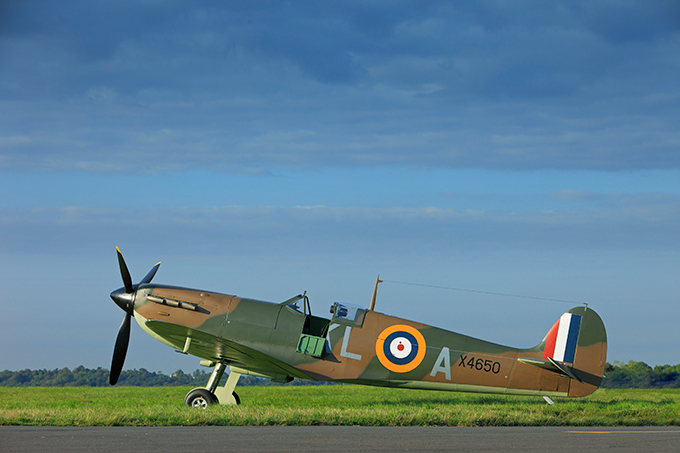
The Spitfire continued to be used as a front line fighter and in secondary roles into the 1950s
All photos: All Over Press
The Spitfire continued to be used as a front line fighter and in secondary roles into the 1950s
All photos: All Over Press
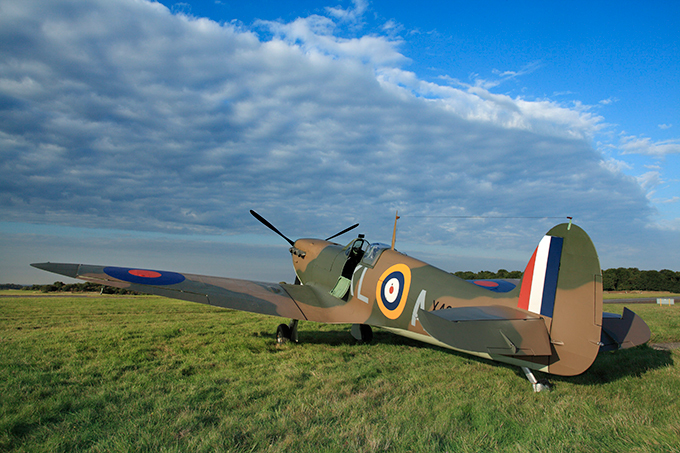
It was produced in greater numbers than any other British aircraft and was the only British fighter in continuous production throughout the wa
All photos: All Over Press
It was produced in greater numbers than any other British aircraft and was the only British fighter in continuous production throughout the wa
All photos: All Over Press
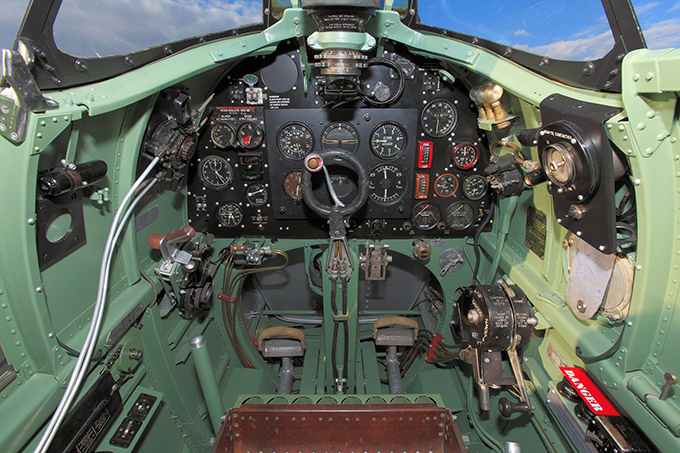
The Spitfire was designed as a short-range, high-performance interceptor aircraft by R. J. Mitchell, chief designer at Supermarine Aviation Works (which operated as a subsidiary ofVickers-Armstrong from 1928)
All photos: All Over Press
The Spitfire was designed as a short-range, high-performance interceptor aircraft by R. J. Mitchell, chief designer at Supermarine Aviation Works (which operated as a subsidiary ofVickers-Armstrong from 1928)
All photos: All Over Press
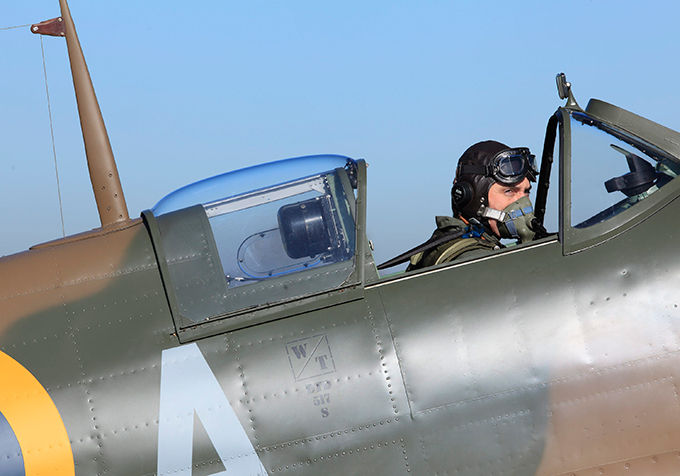
Where speed was seen as essential to carrying out the mission of home defence against enemy bombers, the Spitfire's thin cross-section elliptical wing allowed it a higher top speed than several contemporary fighters, including the Hawker Hurricane
All photos: All Over Press
Where speed was seen as essential to carrying out the mission of home defence against enemy bombers, the Spitfire's thin cross-section elliptical wing allowed it a higher top speed than several contemporary fighters, including the Hawker Hurricane
All photos: All Over Press

During the Battle of Britain (July-October 1940), the Spitfire was perceived by the public as the RAF fighter, though the more numerous Hawker Hurricane shouldered a greater proportion of the burden against the Luftwaffe.
All photos: All Over Press
During the Battle of Britain (July-October 1940), the Spitfire was perceived by the public as the RAF fighter, though the more numerous Hawker Hurricane shouldered a greater proportion of the burden against the Luftwaffe.
All photos: All Over Press
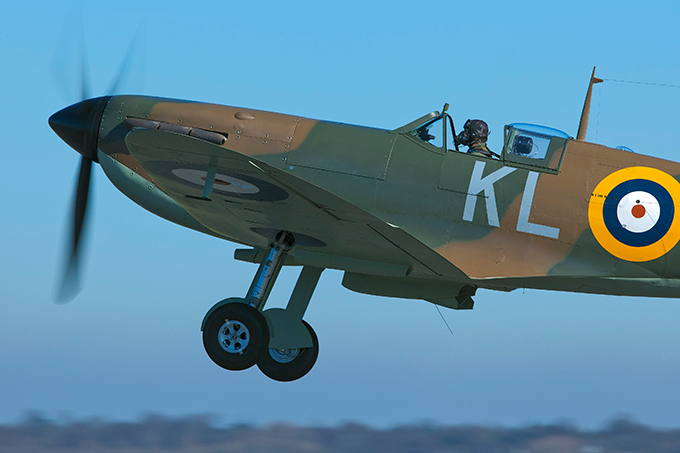
The Spitfire units had a lower attrition rate and a higher victory-to-loss ratio than those flying Hurricanes
All photos: All Over Press
The Spitfire units had a lower attrition rate and a higher victory-to-loss ratio than those flying Hurricanes
All photos: All Over Press

After the Battle of Britain, the Spitfire became the backbone of RAF Fighter Command, and saw action in the European, Mediterranean, Pacific and the South-East Asian theatres
All photos: All Over Press
After the Battle of Britain, the Spitfire became the backbone of RAF Fighter Command, and saw action in the European, Mediterranean, Pacific and the South-East Asian theatres
All photos: All Over Press
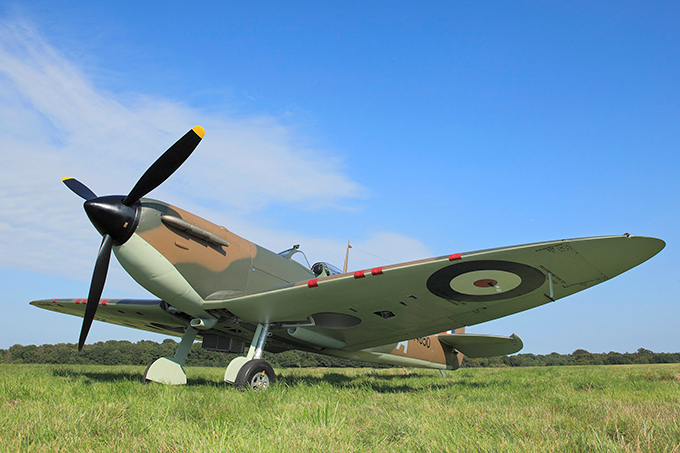
Much loved by its pilots, the Spitfire served in several roles, including interceptor, photo-reconnaissance, fighter-bomber, carrier-based fighter, and trainer
All photos: All Over Press
Much loved by its pilots, the Spitfire served in several roles, including interceptor, photo-reconnaissance, fighter-bomber, carrier-based fighter, and trainer
All photos: All Over Press
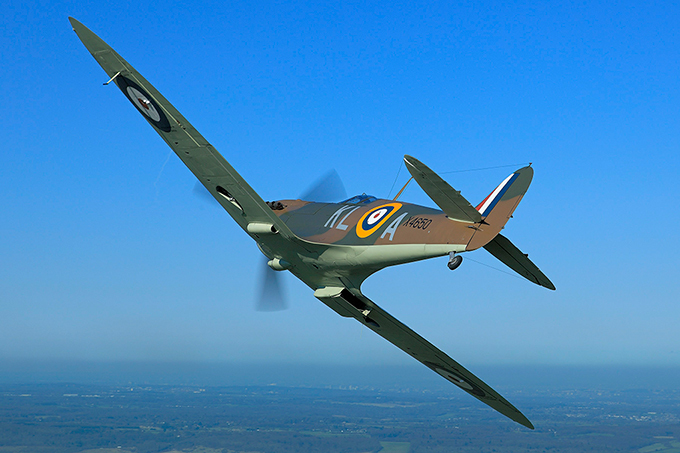
It was built in many variants, using several wing configurations
All photos: All Over Press
It was built in many variants, using several wing configurations
All photos: All Over Press
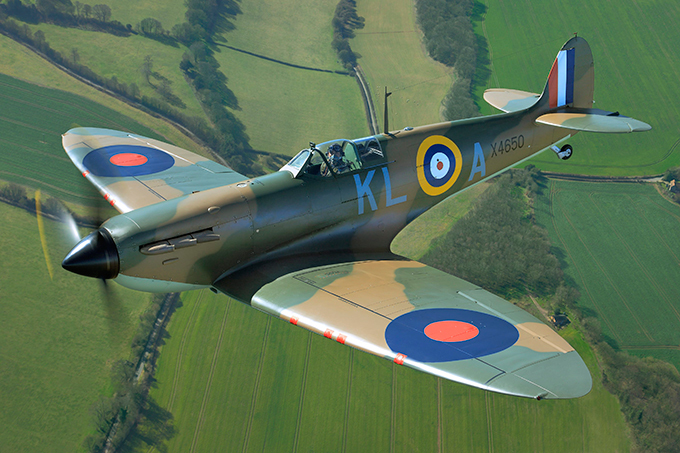
Although the original airframe was designed to be powered by a Rolls-Royce Merlin engine producing 1,030 hp (768 kW), it was adaptable enough to use increasingly powerful Merlin and later Rolls-Royce Griffon engines producing up to 2,035 hp (1,520 kW)
All photos: All Over Press
Although the original airframe was designed to be powered by a Rolls-Royce Merlin engine producing 1,030 hp (768 kW), it was adaptable enough to use increasingly powerful Merlin and later Rolls-Royce Griffon engines producing up to 2,035 hp (1,520 kW)
All photos: All Over Press
